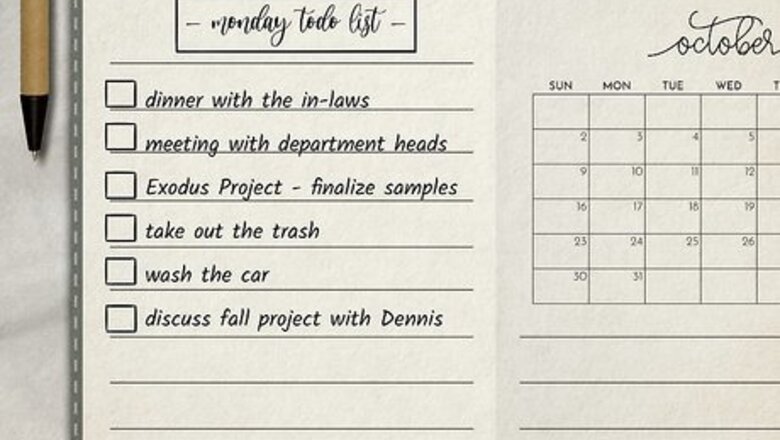
views
- At the end of each day, order the 6 tasks you want to accomplish tomorrow based on their importance.
- In the morning, work only on the first task and when it's complete, move on to the second. Continue on until you finish your list.
- The Ivy Lee method helps you prioritize tasks, stay focused, and get more done during the day.
- Ivy Lee created this method in the 1920s, which he used to boost big businesses’ productivity.
Using the Ivy Lee Method

Write down 6 tasks you want to accomplish tomorrow. As you're getting ready to leave work or packing up your books at school, take a few minutes to think about the tasks you need to tackle tomorrow. You might have a lot that you want to accomplish, so simplify your list until you have the 6 most important things you need to get done. You can jot your list down in a journal, agenda, calendar, or use a productivity app like todoist, asana, or Toodledo. It’s okay to list less than 6 tasks each day, but you don’t want to overwhelm yourself with more than 8. If you’re having trouble streamlining your task list, really think about what you need to get done. If some tasks can be completed later in the week, keep them off your list for tomorrow. For example, the most important tasks at work might be preparing for a meeting, catching up on emails, scheduling a phone call, finalizing a report, drafting a proposal, and updating a budget spreadsheet. It is also helpful to break down really big tasks into smaller bits. If preparing for a meeting is too big to tackle as one task, you might split it into reading over notes, going through the presentation, practicing your part, etc.
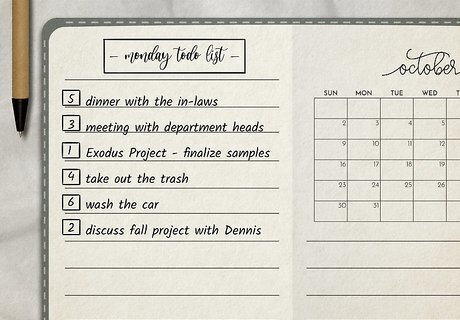
Order the tasks from most to least important. Your number 1 task is the most urgent and important thing that you need to accomplish tomorrow. Maybe the meeting you have to prepare for is in the morning, so you need to accomplish this task before anything else. Your number 6 task is still important, but might not have as tight of a deadline or be as critical as number 1. So, catching up on emails might be your last task for the day.
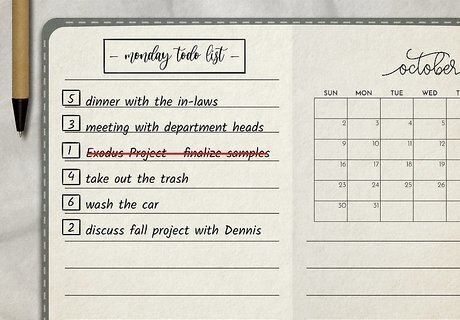
Complete the first task before moving on to the second. Start your morning by working on your first task. Don’t work on any other tasks until you’ve completed it. Once you’ve checked it off, move to your second task. Simply continue on down the list as you complete each item. There are always exceptions to every rule, so sometimes you’ll have to start a task before the one before it is complete. For example, maybe you couldn’t reach the person you had to schedule a call with. It’s okay to leave a message and move on to the next task as you wait for them to call you back. Of course, life and emergencies happen too, which will understandably get you off task. Try to deal with them as quickly as possible. Limit potential distractions by keeping your phone and other electronics out of sight and working in a calm, quiet place where you won’t be interrupted. Keep your list in an area where you can see it every day so you're reminded of what you need to get done.
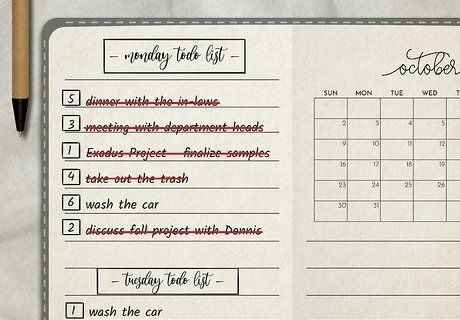
Move any unfinished tasks to the top of tomorrow’s list. It’s totally okay if you don’t get all your tasks finished. When you sit down at the end of the day to make your new list, simply add the tasks you didn’t get to to the top of your list.
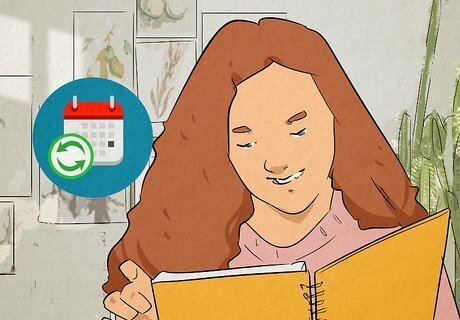
Repeat this process each day. Like anything, it just takes a little practice and consistency to get the hang of the Ivy Lee method. You might not be noticeably more productive at first, but as you get better at streamlining your list and focusing on each task, you’ll likely find yourself working better and quicker than before!
Why does the Ivy Lee method work?

It’s simple. Having a long list of to-dos can be overwhelming and cause you to get distracted and off task. Because you’re just prioritizing 6 items and simply completing them one at a time, it's easier to tackle your task list and get everything done.
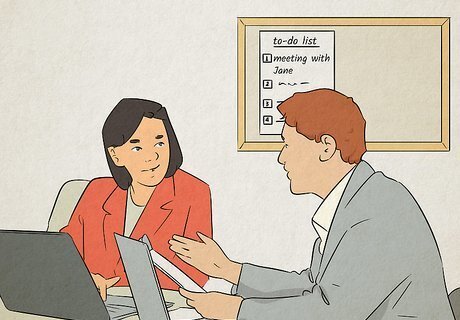
It keeps you focused on one task at a time. It might come as a surprise that multi-tasking isn’t all it's cracked up to be. Trying to accomplish multiple things at once spreads your attention thin, which makes your work less efficient and of poorer quality. Staying focused on one task at a time before jumping to the next thing is more productive and helps you accomplish more.
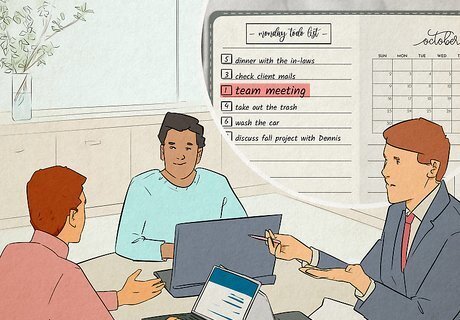
It makes you prioritize what really needs to get done. Keeping a running list of tasks can be unhelpful because you don’t know where to start or what’s most important. Focusing on just 6 things helps you stay organized and in the long run, get more done.
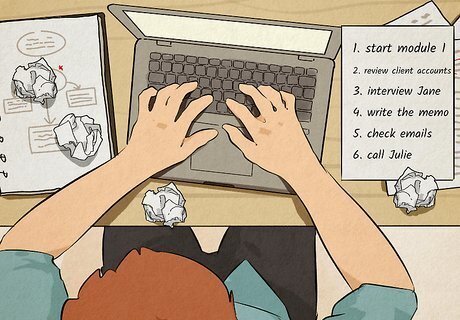
It helps you get started. A lot of time is wasted when you have to figure out what to do, then work up the motivation to do it. One of the most important steps of the Ivy Lee method is making the list before your day starts. You get to reflect on what you accomplished that day, which helps you figure out what you need to do tomorrow. Then it’s all ready and prepared for you so you can dive into your work in the morning.
Origins of the Ivy Lee Method

Ivy Lee was a public relations expert who helped businesses grow. As the story famously goes, in the 1920s, Charles Schwab, illustrious businessman and president of Bethlehem Steel, asked Lee to help his executives be more productive. Lee presented his method to them in 15 minutes. He only asked that he be paid what Schwab felt was fair after 30 days of seeing how his executives performed. After 30 days, Bethlehem Steel’s productivity soared and Schwab sent Lee a check for $25,000. $25,000 back then is worth about $400,000 today!

















Comments
0 comment